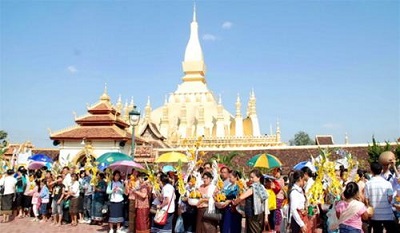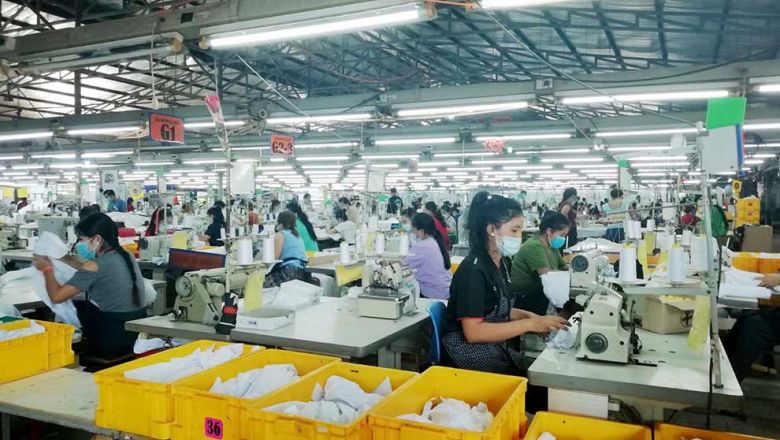Inflation remains high in Laos
Inflation remains high in Laos
Although the inflation rate in Laos declined last month, the figure remains high compared to those of other Southeast Asian nations.

According to the Lao Statistics Bureau, the inflation rate decreased from 2.49 percent in December to 2.27 percent in January due to the lower prices of some products, notably in the food category.
The bureau said the price of products in the food and non-alcohol drink category dropped by 1.3 percent in January compared to the previous month, with the price of rice falling by 4.10 percent.
Dr Mana Southichak is an independent economist who has done a lot of economic research for the government, international organisations and private companies. He said the decline in inflation was linked to the appreciation of the kip against the Thai baht, allowing importers to sell their goods at lower prices.
However, the negative aspect of the stronger local currency would encourage people to import more goods from Thailand, which could impact on Laos' foreign currency reserves.
According to the BCEL bank's exchange rate report on Thursday, US$1 now buys 8,184 kip and sells for 8,224 kip. One baht buys 234.83 kip and sells for 236.58 kip.
Last year, Prime Minister Thongloun Sisoulith led the government to enact stronger measures to control product prices in markets to ensure vendors would not take advantage of the higher salary paid to state officials by raising their prices.
Dr Mana said it was common for inflation to be high in December due to the rise in demand for products and the following slump in January.
�Inflation is also relatively high over Lao New Year due to the long holiday and the high demand for food and drink,� he added.
In Thailand, the Consumer Price Index (CPI) continued to climb in January, increasing 1.55 percent year on year � the highest expansion since September. Month-on-month inflation came in at 0.16 percent.
In Indonesia, the inflation rate in Jakarta was 0.99 percent in January, higher than the 0.97 percent recorded nationwide. The inflation rate in Jakarta in December 2016 was 0.27 percent.
In China, accelerated consumer and industrial prices growth indicates nascent inflationary pressure on the Chinese economy, despite the good start to 2017.
The CPI rose 2.5 percent year on year last month, fractionally above market expectations of 2 .4 percent and the strongest in two and a half years. Meanwhile, industrial inflation expanded even faster, with the producer price index, which measures the cost of goods at the factory gate, hitting an over-five-year high of 6.9 percent.
Inflation is typically low in many countries due to global competition, driving product prices down. Additiona lly, falling international commodity prices have contributed to lower inflation in the region.
Last year, the inflation rate in Laos was lower than the economic growth rate which was recorded at 6.9 percent.
Economists attribute the slowdown of the Lao economy to the slow recovery of the global economy and uncertainty over the trade policies of many countries.














